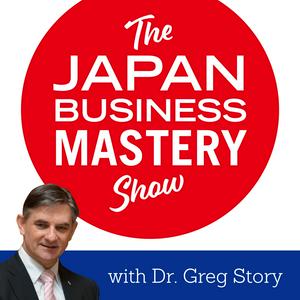260 Your Team Doesn’t Need a Critic—They Need a Coach
Every year, we reset with lofty goals: hit targets, get promoted, improve ourselves. But what if the real breakthrough comes not from inward goals, but outward transformation? This year, let’s become the catalyst for others. Let’s become the light on the hill that lifts the whole team. Rather than finding faults bosses, let's become serial encouragers. We can choose to see others not through their failures, but through their struggles—and their strengths. Workplaces should not be rife with politics, blame games, or backstabbing. They should be zones of mutual respect, support, and growth. That starts with how we, as leaders, see others. If we approach them with criticism as our default, we kill trust. But if we become “good finders,” we elevate the whole environment. Everyone is carrying invisible burdens—personal, financial, emotional. Leaders must remember that they, too, are imperfect and benefit from leniency. So why deny that understanding to others? Always see staff through the prism of how you were at their age and stage. Japan’s surface calm hides tremendous internal pressure. Its culture of modesty and conformity can suppress people’s potential. Many live lives of quiet desperation. This year, let’s get off our high horse. Let’s guide people, not grade them. Let’s praise the small steps. Encourage risk. Celebrate growth. Stretch their Comfort Zones without punishing the stumbles. Drop the complaints. Replace them with gratitude, recognition, and positivity. Shift your language to uplift rather than critique. Be the beacon others can look to—not for perfection—but for permission to grow. As leaders, we are often waiting for others to improve. We stand in front of the empty fireplace and complain its cold. But how’s that working out? Instead, let’s become the spark. Decide to be the world you want to see, then lead from that space. Being “the light” is not about ego—it’s about service. It is about helping others find their strength, purpose, and potential. That’s the real leadership revolution. Let’s make this year different, not just for ourselves—but for everyone around us. If this too fluffy for you, then good luck with recruiting and retaining staff in a rapidly diminishing supply employment market. It is only going to get more desperate and so retaining people is the key.


